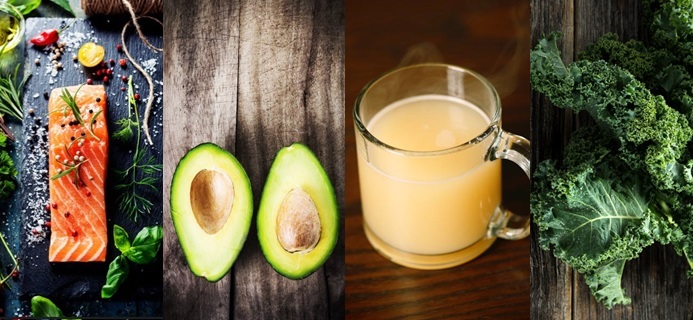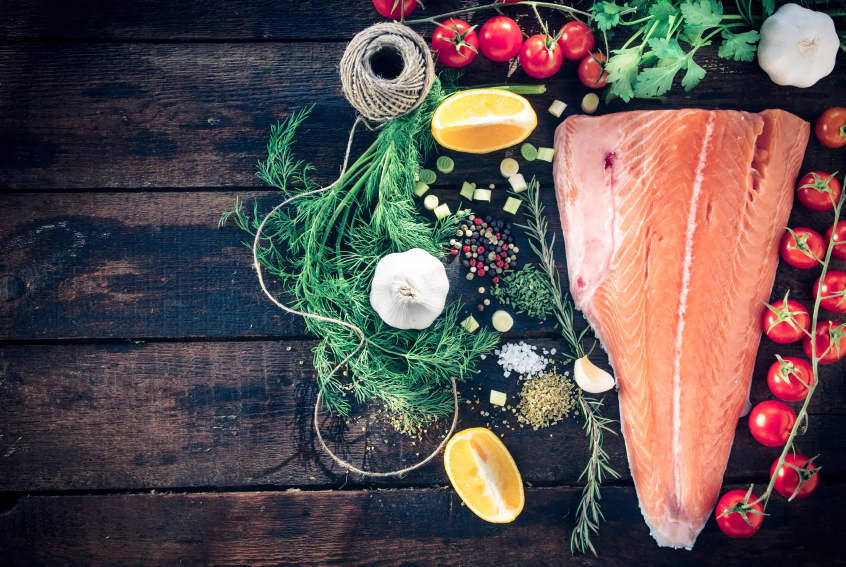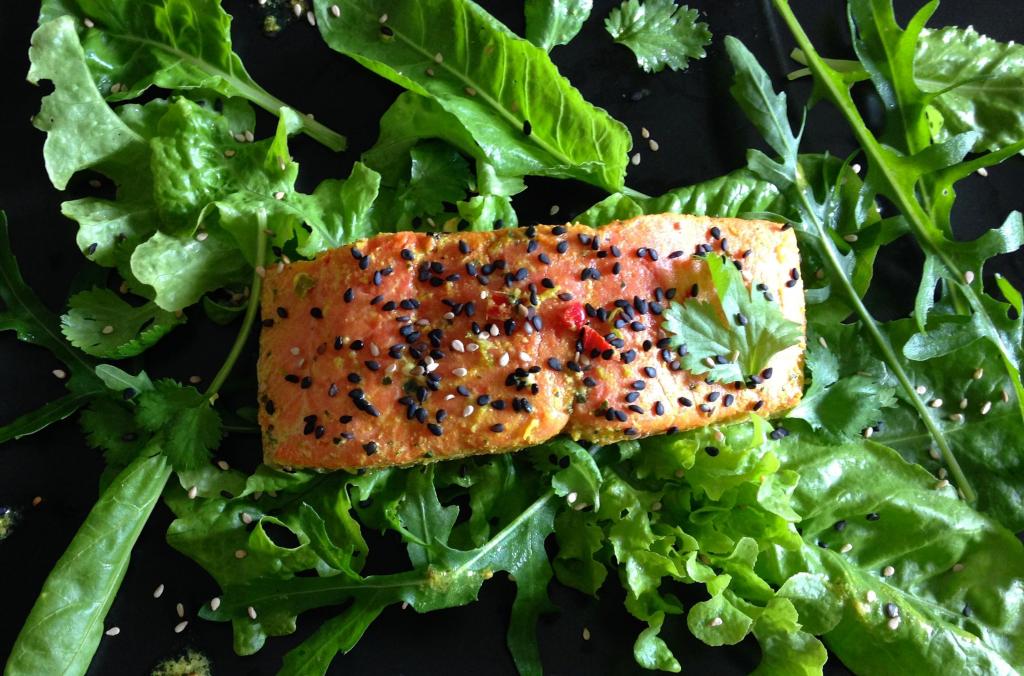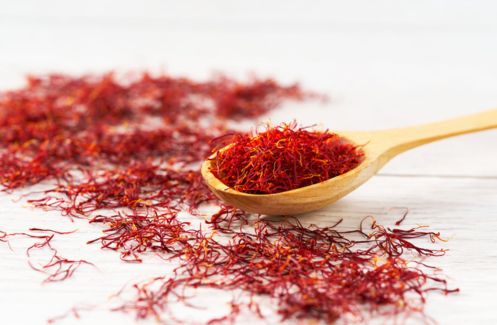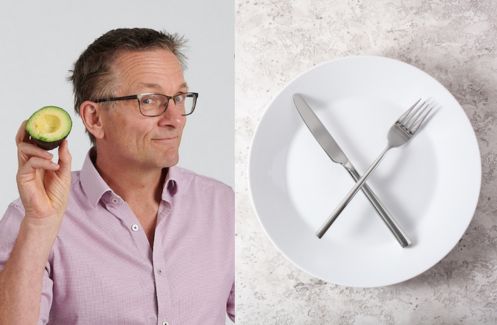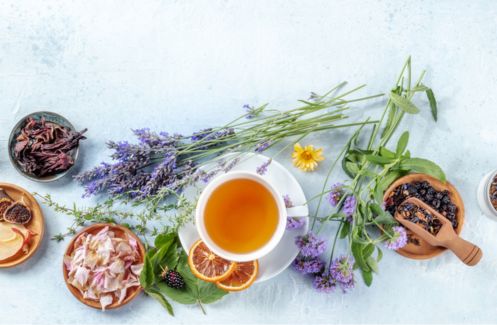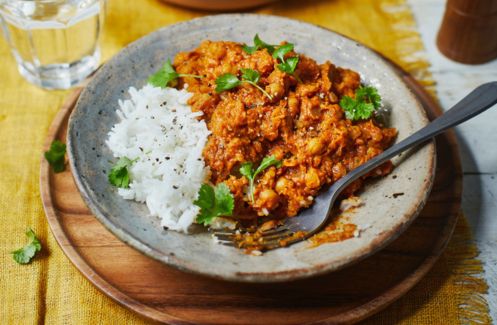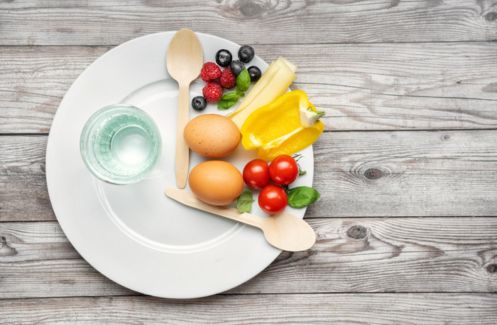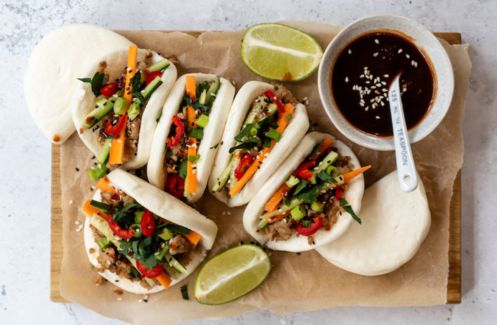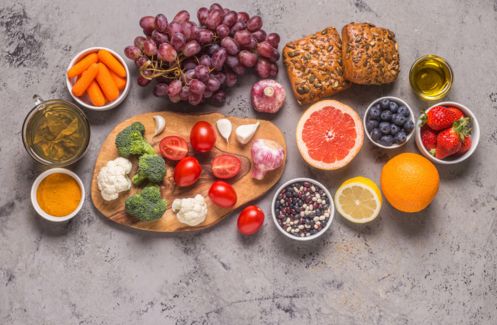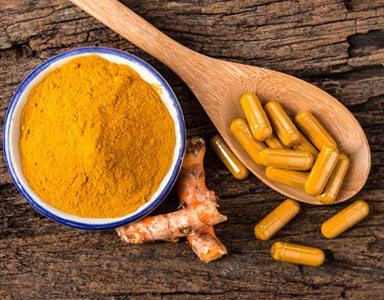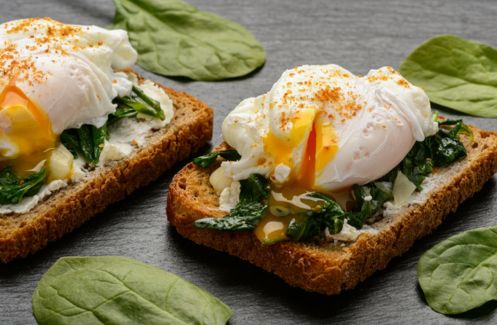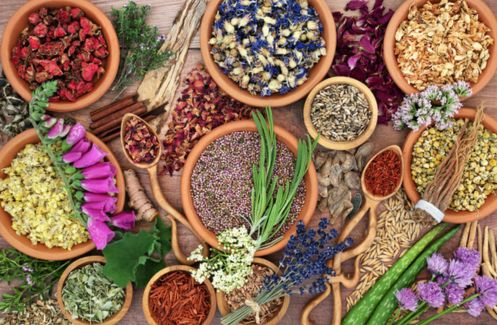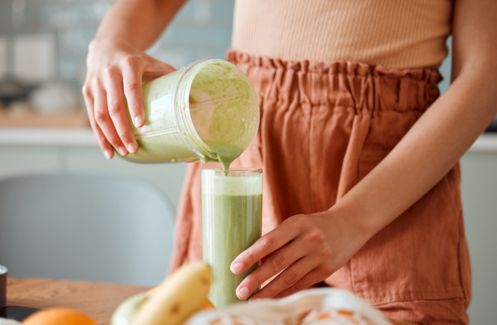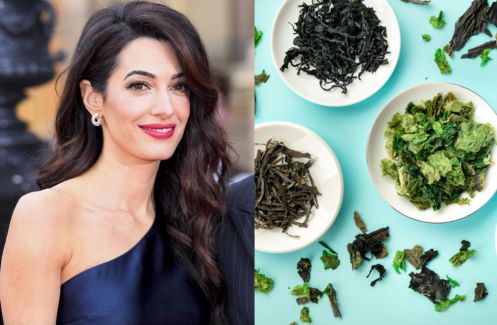Osteopath Antonia Boulton reveals the 7 foods that help arthritis which affects a staggering nine million people in the UK (not all of them pensioners, either – people in their 20s, 30s and 40s can also develop it). From avocados to tumeric, prevention could be just a meal away
‘Arthritis’ is a term used to encompass around 100 conditions with many different causes and symptoms. Osteoarthritis (OA) is the most common of these, affecting 8.75 million people in the UK according to Arthritis Research UK. Whether young or old, looking after your joints to prevent developing this debilitating disease is paramount to maintaining mobility throughout life.
Whether young or old, looking after your joints to prevent developing this debilitating disease is paramount to maintaining mobility throughout life.
What exactly is osteoarthritis?
Osteoarthritis is the wearing away of the cartilage, which cushions the joint. As it erodes, it becomes roughened, reducing mobility. Sometimes fragments pf the joint break off and cause catching, locking and pain in the joint. In the extreme, when OA becomes advanced, the bones can start to rub together which can become incredibly painful. With this friction, boney growths called osteophytes sometimes develop creating more pain and reducing the mobility of the joint further.
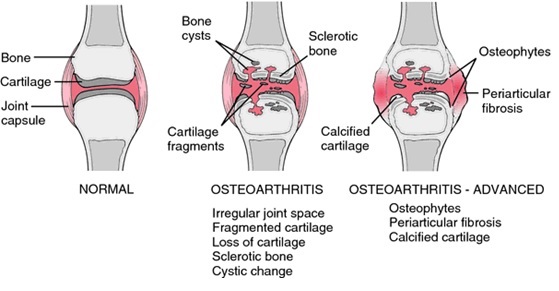
making a few changes to your lifestyle could prevent it.
Isn’t it just a part of growing old?
There is a common belief that OA is simply an inevitable part of the ageing process with nothing to be done to prevent or ease it, particularly if it ‘runs in the family’. However this is simply not true. Scientific research is providing evidence to show that lifestyle has a bigger influence than genes on the progression OA. In other words, just because your mother and grandmother had painful, swollen joints does not mean this has to be your reality too. Prevention is the key and making a few changes to your lifestyle can make all the difference.
lifestyle has a bigger influence than genes on the progression of osteoarthritis
Working with a health professional such as an osteopath, physio or chiropractor is a good idea, particularly if you have had an injury as this can increase your likelihood of developing OA. As well as treating the injury they will be able to advise you on beneficial exercise and stretching.
As well as keeping active, what you eat is also vital to the health of the joints. First, it helps build a healthy bone structure, providing the essential nutrients for building strong bones, muscles, ligaments and tendons. Consuming foods that are anti-inflammatory and avoiding those that create inflammation can also contribute to healthy bones. A healthy diet that keeps your weight in check is also important as excess weight increases the pressure on weight bearing joints, which can lead to an increase in wear and tear.
By reducing and maintaining a healthy weight, you’re reducing the likelihood of developing OA in later life or helping minimise its effects and progression if you’ve already developed it. Most people are aware that being overweight puts added pressure on joints leading to an increase in wear and tear. In addition to incorporating regular movement into your life and by adding more foods that increase nutrients and reduce inflammation you will naturally crowd out the ‘not so good’ foods and lose weight naturally. If you have quite a lot to lose, it is a good idea to work with a health professional to ensure you do this safely, without resorting to fad dieting.
By reducing and maintaining a healthy weight reduces the likelihood or the effects of OA
Bearing these three points in mind I have compiled a list of seven of my favourite foods that not only help to combat OA, but are easy to incorporate into your diet and are positively delicious too!
tumeric has been clinically proven to ease joint pain and help to increase flexibility
1. OILY FISH
These are fish such as salmon, trout, sardines and mackerel. Packed full of Omega 3 fatty acids they help to reduce inflammation. In addition to this they are also a good source of nutrients to build a healthy strong bone structure, including vitamin D, magnesium and calcium. You’ll find a quick and delicious recipe at the end of this article for Thai salmon.
2. LEAFY GREENS
Bursting with vitamins and minerals, veggies such as kale, spinach and broccoli are all ones to include in your diet on a regular basis to improve musculoskeletal health. They not only contain magnesium and calcium vital for building and maintaining good bone structure but also vitamin E which helps protect the body from cytokines, which are molecules that promote inflammation in the joints.
veggies such as kale, spinach and broccoli can help improve musculoskeletal health
I love raw broccolini dunked in hummus and am completely addicted to kale chips, but possibly the quickest way to up your veggie intake is in the form of a homemade smoothie or green juice.
MORE: 3 superfood smoothies
3. AVOCADO
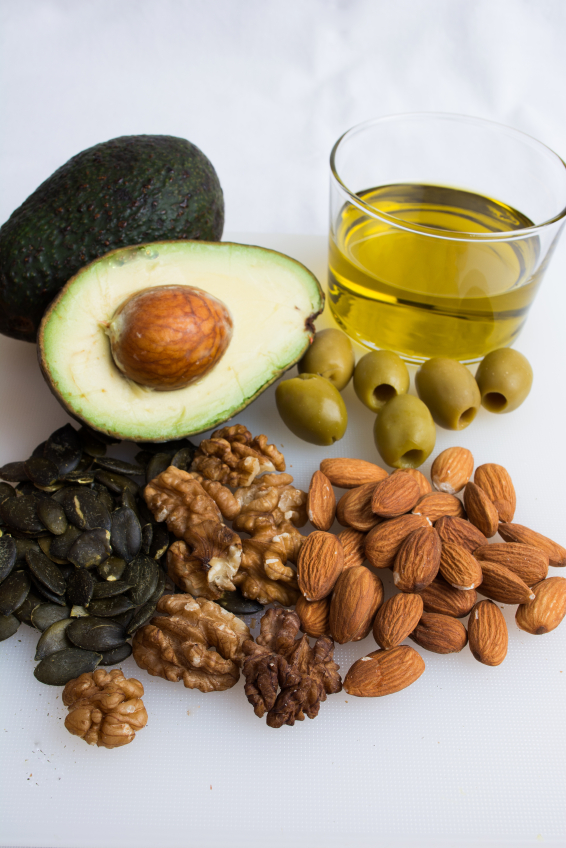
Full of the ‘good fats’ your body needs, an avocado is also another great source of magnesium, important for bone structure and muscle functioning. Boron is an essential element also found in avocados. It is thought to affect the way the body assimilates other minerals such as magnesium and phosphorus and research has also suggested that it may also help with the reduction in the symptoms of osteoarthritis.
avocado is great source of magnesium, important for bone structure and muscle functioning.
Use mashed up instead of butter, whizz it up in a blender for a healthy alternative to mayo or simply slice and serve with some salmon and poached egg for a delicious breakfast.
4. NUTS AND SEEDS
Nuts and seeds are small powerhouses full of antioxidants and omega-3 fatty acids that help protect against inflammation. They also contain calcium, magnesium, boron and sulphur, essential for strong bones. Almonds, walnuts, Brazil nuts and pumpkin, sunflower and sesame seeds are all great choices and are best eaten raw. Try to avoid the salted, roasted varieties. Scatter over salads and curries or whizz up in a blender with fruit and veg for a nutritious smoothie.
- TIP: Store nuts in a screw top glass jar in a dark cool spot to keep them from going rancid.
5. OLIVE OIL
The compound oleocanthal found in olive oil has been found to have similar effects to the commonly used non-steroidal anti-inflammatory drugs (NSAIDs) such as ibuprofen. It prevents the production of inflammatory enzymes and can therefore reduce inflammation and pain. Cold pressed extra virgin olive oil is best and is great drizzled not just over salads, but also vegetable dishes and soups.
It is best not to cook with olive oil at high temperatures such as frying, as the heat oxidises the oil, which is not good for the body to consume. For cooking at high temperatures coconut or avocado oils are best.
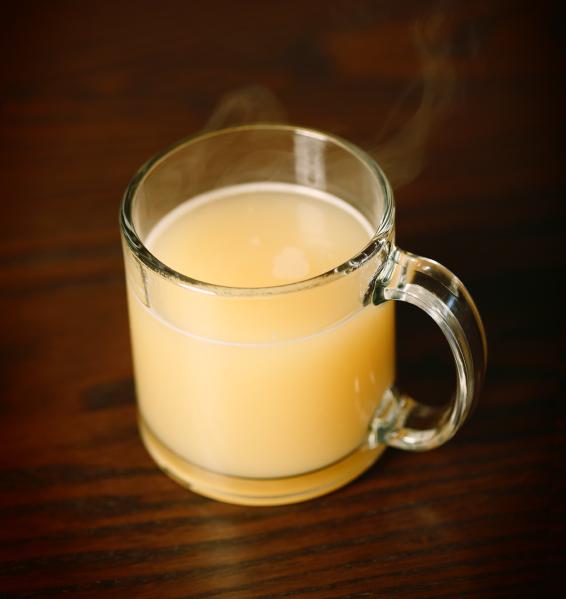
phosphorus, magnesium, sodium and potassium
6. BONE BROTH
Bone broth seems quite literally to be flavour of the month recently, but actually it has been bubbling away in kitchens around the world for hundreds of years and for good reason. Gently simmering bones and a whole load of vegetables in water slowly releases nutrients from them such as calcium, magnesium, phosphorus, sodium and potassium, producing a deliciously nutritious stock. This is not just good for your joints, but your whole wellbeing.
MORE: 3 bone broth recipes anyone can make
Adding a glug of apple cider vinegar to your stock before simmering not only gives it depth of flavour, but for some, the vinegar helps relieve some of the symptoms of OA. To chicken broth, I also often add turmeric and freshly grated ginger for extra anti-inflammatory goodness and just before serving a handful of fresh herbs, such as coriander or parsley. Simply slurp as is or use as a base for soups and sauces.
MORE: Is bone broth the new coffee?
7. TURMERIC
It is the compound curcumin in turmeric that is important and is what gives turmeric its bright yellow colour. The importance of turmeric for health has long been known in the ancient medicines of India (Ayurvedic) and China (Traditional Chinese Medicine, TCM) and now more recent scientific studies have shown just how many health benefits turmeric has for the entire body. It has been clinically proven to ease joint pain and help to increase flexibility.
I throw turmeric into just about anything! Obviously it is great for curries, but I also add a spoonful to soups and it is great for spicing up my new favourite recipe, cauliflower rice. You can’t help but smile at the sunshine colour! Tumeric latte is also a regular for me. To a mug of warmed almond milk, add 2 teaspoons of turmeric and mix well. Sprinkle with a little ground cinnamon and add a little raw honey to sweeten if needed. So good when you are feeling under the weather or just in need of a little comfort.
Painful, aching joints can be caused by a number of issues, so it is very important if you have these symptoms to seek advice from a medical professional to ensure you get the correct diagnosis and treatment. If you have a serious illness or are on medication, it is essential to consult with your GP first before making any big changes to your diet and lifestyle.
RECIPE: Thai Baked Salmon
The recipe following incorporates many of the foods we have discussed here. Not only will your joints benefit (and your overall wellbeing) but it’s quick to whip up, looks like you spent hours in the kitchen and tastes great. Happy cooking!
Ingredients
- 2 Salmon fillets (preferably wild or organic)
- 2 tbsp fish broth
- 1 tbsp olive oil
- ½ tbsp. Fish sauce
- 1 tbsp tamari (Japanese Soy sauce)
- ½ tbsp honey (preferably raw)
- 1 lime zest & juice
- ½ red chilli (optional) finely chopped
- 1 tsp freshly grated ginger
- 1 tsp turmeric
- 1 stick of lemongrass very finely chopped
- 2 kaffir lime leaves (optional – if you can find them they will add so much flavour. I’m not so keen on dried)
- Handful of fresh coriander leaves
- 2 rectangles of baking paper (big enough to wrap the salmon fillet)
Method
- Pre-heat the oven to 180 C/375 F
- Put the olive oil, fish sauce, tamari, honey, lime juice and zest, chilli (if using), ginger, turmeric and lemongrass into a glass jar. Shake well to mix the ingredients. This can be done ahead and left in the fridge if you wish.)
- Cut 2 rectangles of baking paper, large enough to wrap up each of the salmon fillets.
- Wrap the salmon up like a present, so the parcel is sealed, place on a baking tray & cook in the oven for about 10-15 minutes until just pink (this will depend on your fillet size)
- Serve immediately with a green salad of spinach or kale, scattered with cubes of avocado, a handful of fresh coriander leaves and toasted sesame seeds, cashews or pine nuts.
Antonia Boulton is a registered Osteopath and the founder of essentiallyhealth.com
Antonia’s new book Combat Arthritis: The Essential Guide for Osteoarthritis is out July 17th and available to pre order now.
Like this article? Sign up to our newsletter to get more articles like this delivered straight to your inbox.



